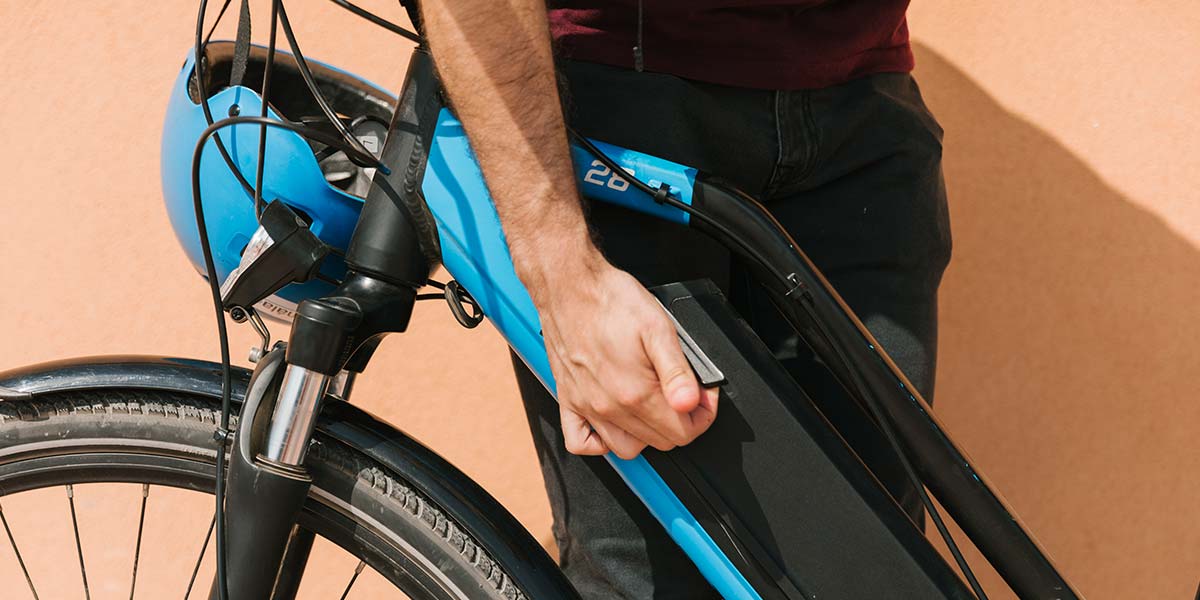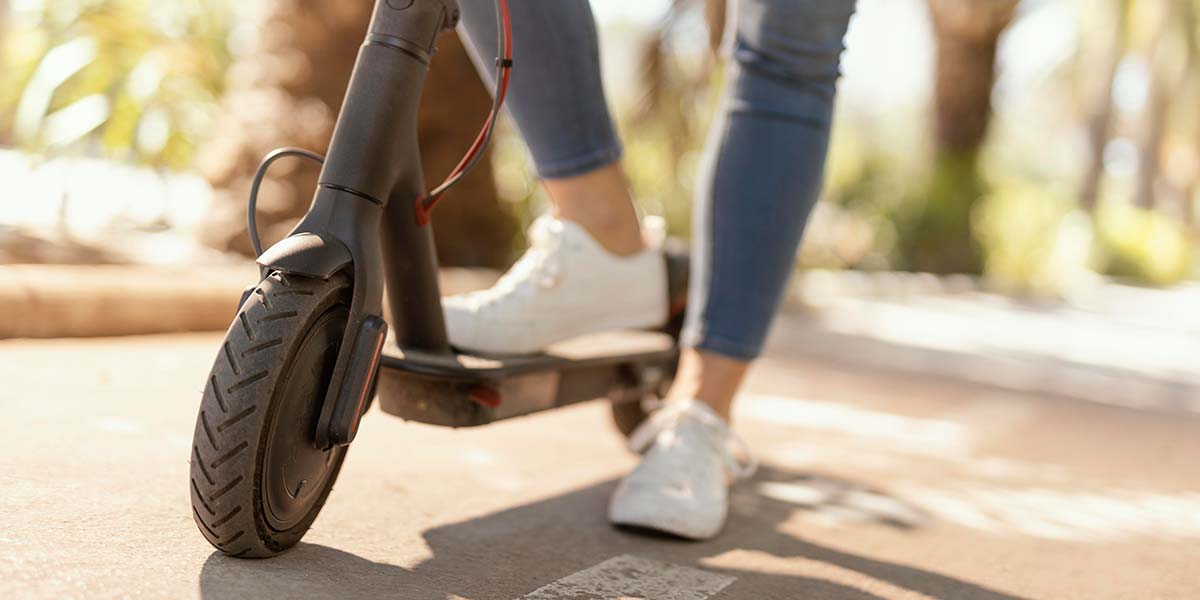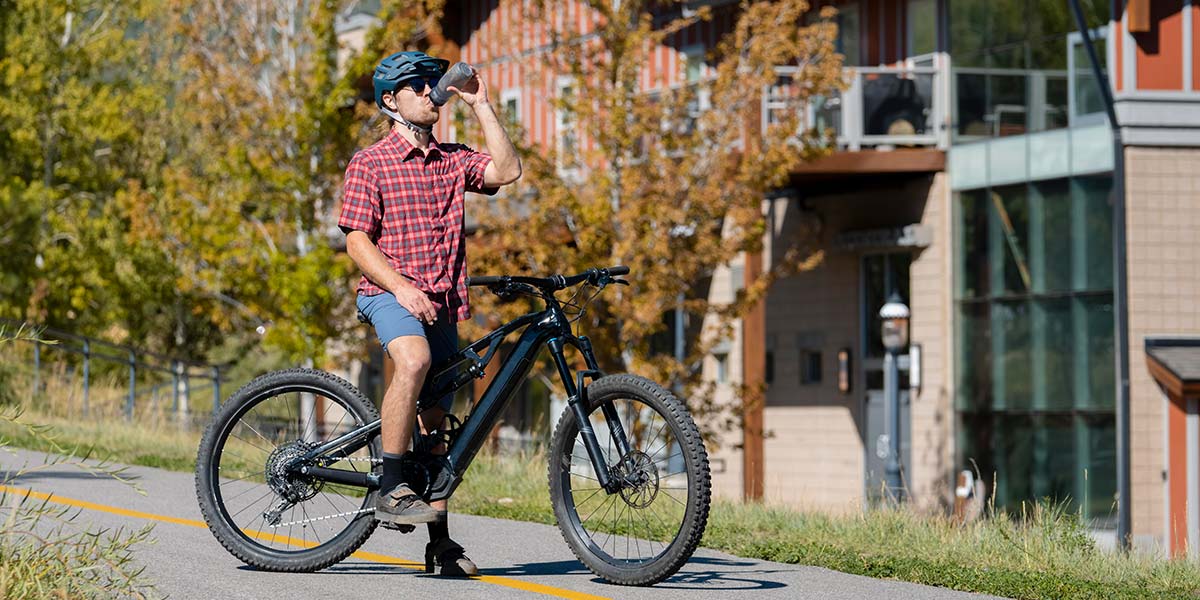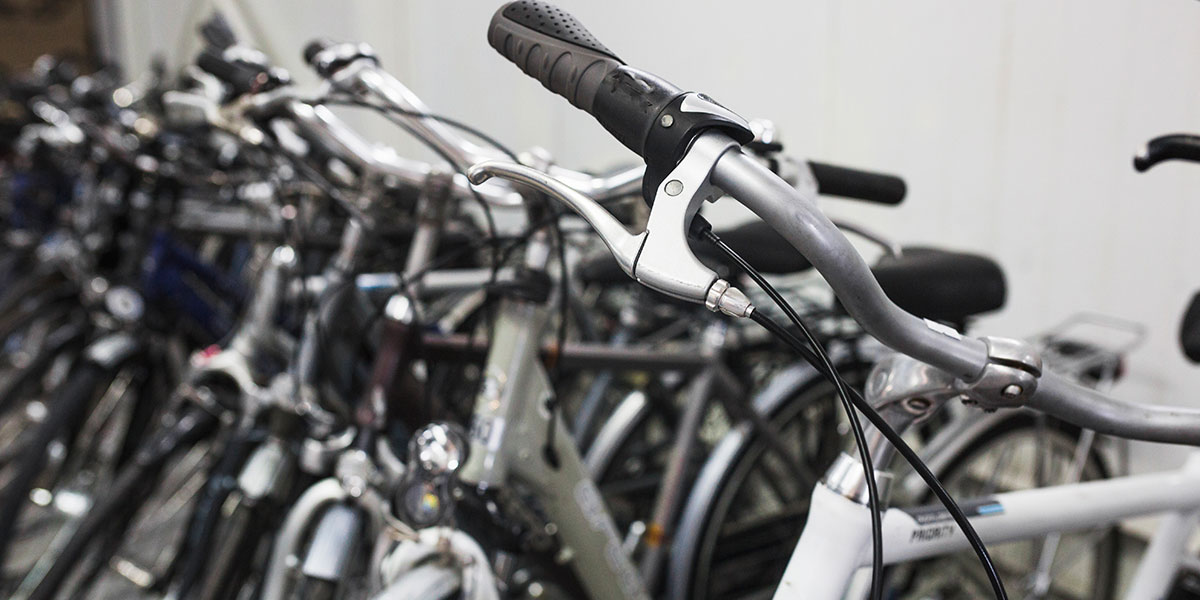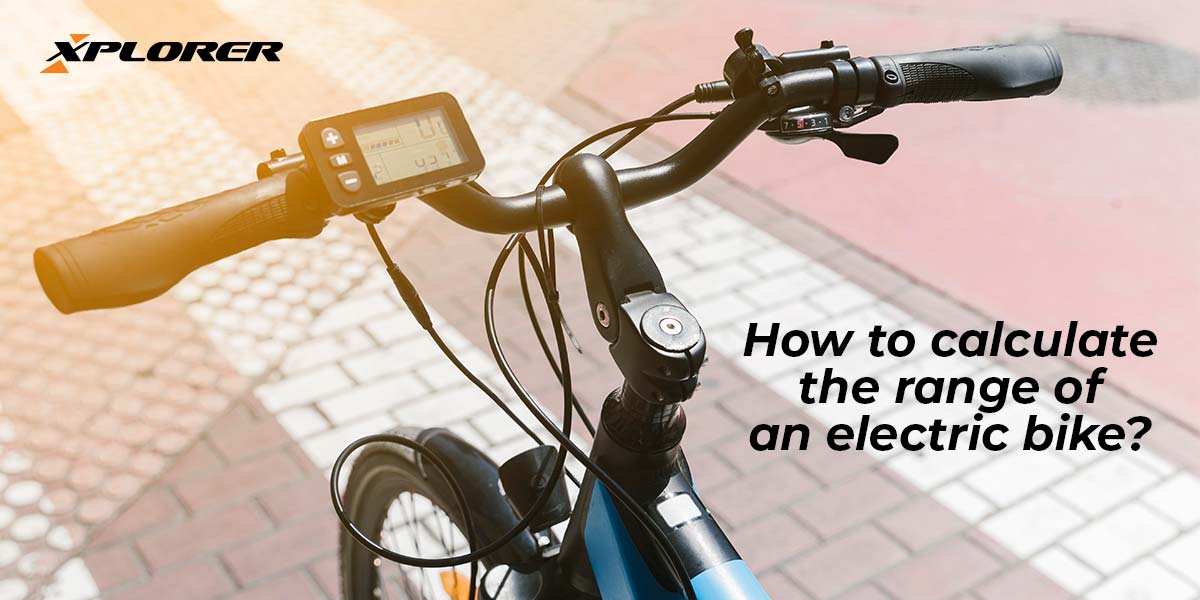One of the most common questions we get is how to calculate the geographic range of an electric bike. Basically, How far will my ebike go before it runs out of battery power? What is the range of my ebike? How far can I go per charge?
There are many factors that affect an electric bike's range, including the type of bike you're riding, as well as the battery capacity, terrain, and the level of pedaling effort you as the rider put in.
The truth is that most ebikes come with a Bafang motor system or its equivalent, since they are the largest ebike motor manufacturer in the world, and have an exceptional reputation.
E-BIKE BATTERY MYTH BUSTING
First, a little electric bike battery myth busting is in order. Every ebike manufacturer should provide detailed specifications for the battery and every other component on the models they bring to market. Many will also provide estimated ranges, but rarely indicate how these range estimates were derived.
Estimated ranges provided by ebike brands aren't based on rigorous testing. Next, let's dismiss another obvious falsehood. All ebikes can be ridden like conventional bikes, simply by pedaling and using the standard gears. If the electric vehicle you're looking at does not have operable pedals, it's not an electric bike. If you ride your ebike with the electronics turned off, there is no loss of battery charge. And if you ride your ebike without turning on electronics, there is no drag or resistance from the turned-off ebike motor.
There is no drag or resistance from the turned-off motor. That being said, ebikes do tend to be heavier than standard bikes, due to the added weight of the motor, battery and controller. But there are also lightweight ebikes that fold up and are highly portable. The lithium-ion battery is the fuel tank for your ebike, not unlike the batteries that power your cell phone and laptop computer. In the olden days a few years ago, some legacy ebike brands would use sealed lead acid (SLA) batteries on their ebikes. You can still find these types of batteries in cars and on mobility scooters. But with improvements in battery technology, the denser and more energy efficient lithium-ion battery has been adopted as the standard for all ebikes. These batteries will vary in their chemistry, as well as their operating voltage and capacity. Do not get a bike that does not have a lithium battery pack.
Like the lithium batteries powering your personal electronic devices, ebike batteries will not last forever. After about 1,000 charge cycles, you will notice that the battery is not holding a full charge. For the average rider, it takes about 2-4 years to charge and discharge an ebike battery 1,000 times. These timeframes could be greatly reduced if you expose your electric bike battery to extremes in heat or cold. So it's best not to leave your battery in the trunk of a hot car, or in a garage that might reach freezing temperatures overnight. When you finally need to get a new battery for your ebike, have no fear. Usually replacement or spare batteries are available from the original manufacturer, but even if they are not, there are reputable 3rd party battery companies that can provide a high-quality replacement.
NON-ELECTRICAL FACTORS THAT AFFECT E-BIKE RANGE
There are many variables that affect ebike range, including the bike design of bike, rider weight and riding style, terrain, weather, surface moisture, tire inflation.
Electric bikes, like conventional bikes, come in many flavors. You have fat tire mountain ebikes, small folding ebikes, and laid back cruiser style ebikes. There are several key factors in bike design that affect range. First, the weight of the bike is a major factor, but also the width of the tires. Fat tires, for example, have more surface area in contact with the ground, and more traction (friction) compared to a road bike with narrower tires. This adds resistance which can deplete energy reserves more quickly. Second, it’s important to note that a poorly tuned or maintained ebike will have a shorter range than a properly maintained vehicle. Low tire inflation, poorly aligned gears and brakes, and high wind resistance due to a lack of aerodynamic design will all contribute to reducing the range of an ebike. Payload.
The weight of the passenger and any cargo will also have a dramatic effect on ebike range. All things being equal, a 225-pound rider with a fully-loaded trailer will place a much higher demand on the battery than a 125-pound teenager with a fanny pack. The distribution of the payload on the bike will also affect range, especially if a bike is unbalanced due to heavy loads placed on the rear rack. Weather & Terrain. Headwinds and wet roads each will reduce the potential range of an ebike. Likewise, how hilly your ride is, and if you go off-road on gravelly trails will impact how far you can travel on a single charge.
ELECTRICAL FACTORS THAT AFFECT EBIKE RANGE
All electric bikes have 3 essential components that set them apart from conventional bikes. These are the motor, the controller and the battery. Each of these electrical components plays a critical role in the performance of an electrical bike, and if any of them are not working properly, it can adversely affect your ebike performance range. If you struggle with the concept of electrons running through wires to power a motor, you're not alone. Check out the Water Pipe Analogy graphic below. We use watt-hours to measure the energy capacity of a battery pack, and this will help you figure out how long you can ride your ebike before fully discharging the battery. But before we get into watt-hours (symbolized Wh), let’s first review what a watt itself is. A watt (W) is a unit of power, and power is the rate at which energy is produced or consumed. Think of watts as a measure of electrical flow. Does an electrical device need a big flow or a small flow to work? For example, a 100W light bulb uses energy at a higher rate than a 60W bulb; this means that the 100W light bulb needs a bigger “flow” to work. Likewise, the rate at which your solar energy system “flows” power into your home is measured in watts. A watt-hour (Wh) is a unit of energy equivalent to one watt (1W) of power expended for one hour (1h) of time. A watt-hour is a way to measure the amount of work performed or generated. Household appliances and other electrical devices perform “work” and that requires energy in the form of electricity. Utilities typically charge you for electrical energy by the kilowatt-hour (kWh), which is equal to 1,000 watt-hours. An ebike battery is measured by its voltage (V) and amp-hour (Ah) rating. To calculate the Wh of an ebike battery pack, we simply multiply its V and Ah to get the Wh. A battery rated at 36 V and 10.4 Ah will have a 417.6 Wh capacity (36 x 10.4 = 374.4), like on the Eunorau UHVO All-Terrain Ebike A battery rated at 48 V and 21 Ah will have a 1,008 Wh capacity (48 x 21 = 1,008), like on the Bakcou Mule.


